More than 50 green sites across the Capital and its outskirts are at risk of development as a concrete jungle threatens to overrun the UK.
Despite sufficient space on brownfield sites to develop between 1.2 million and 1.5 million new homes across Britain, councils are still ploughing ahead with plans, causing fierce rows with locals.
A study from planning consultancy Lichfields said that “very significant areas” of the green belt are at risk of development, with LandTech, another leading firm, estimating up to 26,000 acres could be used.
The London Green Belt Council (LGBC) warned that “there are already planning permissions that have been granted for hundreds of thousands of homes (including on green belt land) that are not being built out”.
Secretary of the LGBC, Andy Smith, explained there is enough brownfield land for 37,000 new homes in just one borough of London and the Government does not need to push work on the green belt.
He told GB News: “The Government will never get the homes that the nation really needs unless and until it empowers and enables local councils and housing associations to build social housing in urban areas.”
Sir Sadiq Khan has pushed for green spaces within the Capital, recently boasting on social media that 44 new trees were growing at Grosvenor Square to bring “a green, healthier, more resilient London”.
However, the London Mayor has been handed new responsibilities to speed up developments, having “taken tough decisions to explore [the] release of green belt land for building” new properties, which GB News investigated.
Wimbledon Park
Under threat from the All England Lawn Tennis Club (AELTC) is Wimbledon Park, a heritage site which has been at the heart of a dispute between neighbours and officials.
The AELTC plans to develop a new 8,000 seater stadium, 38 open courts and a series of depots, player facilities and other structures.
This has been met with fierce backlash from locals, including the Save Wimbledon Park (SWP) organisation, whose member Simon Wright explained how the area simply couldn’t cope with the plans.
He told GB News: “We have seen no evidence that it is possible. We are very doubtful that the local area can cope with the anticipated extra traffic and extra volumes of people.
“They are talking about tripling the size of their footprint – we just think that’s completely unjustified.”
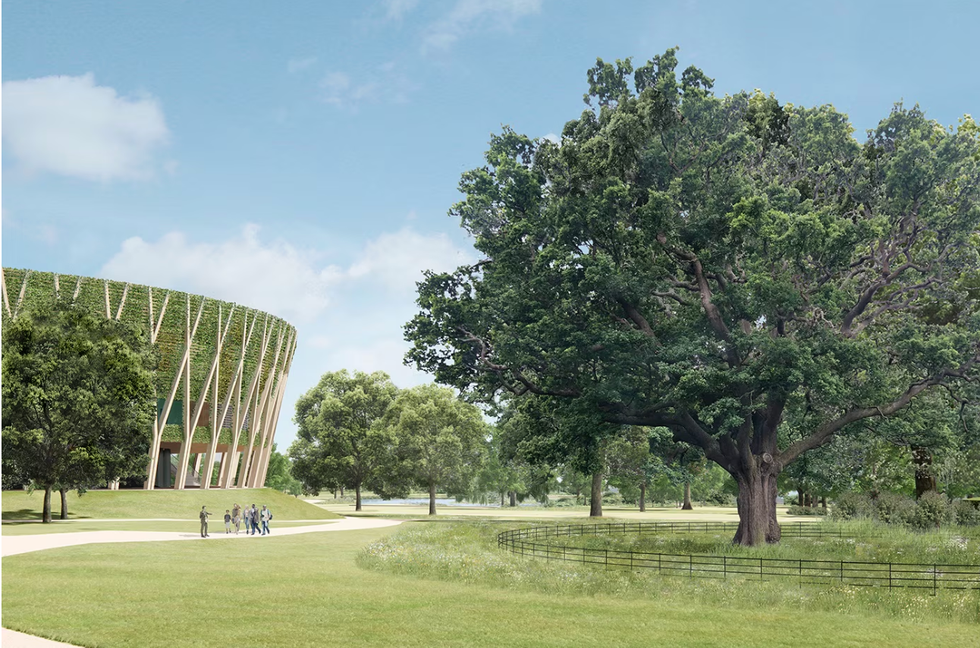
Merton Council sold Wimbledon Park to the AELTC in 1993, which Mr Wright explained the AELTC said “it will never be built on”.
The AELTC broke its word by announcing it wanted to develop the land and proposing plans to Merton and Wandsworth Borough Councils.
Merton gave the go-ahead, but Wandsworth declined.
Subsequently, the decision was given to the Greater London Authority, which passed plans; however, SWP has taken this move to the Royal Courts.
Mr Wright said: “It’s not our job to tell the AELTC how they should develop outside, but we have done sufficient work ourselves to reassure them that a better scheme is possible.
“We would like the AELTC to come and talk to the local community, not just us.”
LATEST DEVELOPMENTS:
- Muslim mayor defends ‘truly inspiring’ charity run – after women and girls banned from taking part
- Ex-England star moved to Middle East as he ‘can’t wear a watch in London’ and people are ‘getting arrested for tweeting’
- Sadiq Khan could fast-track plans to ban cars from Oxford Street with ‘bold’ pedestrianisation plan
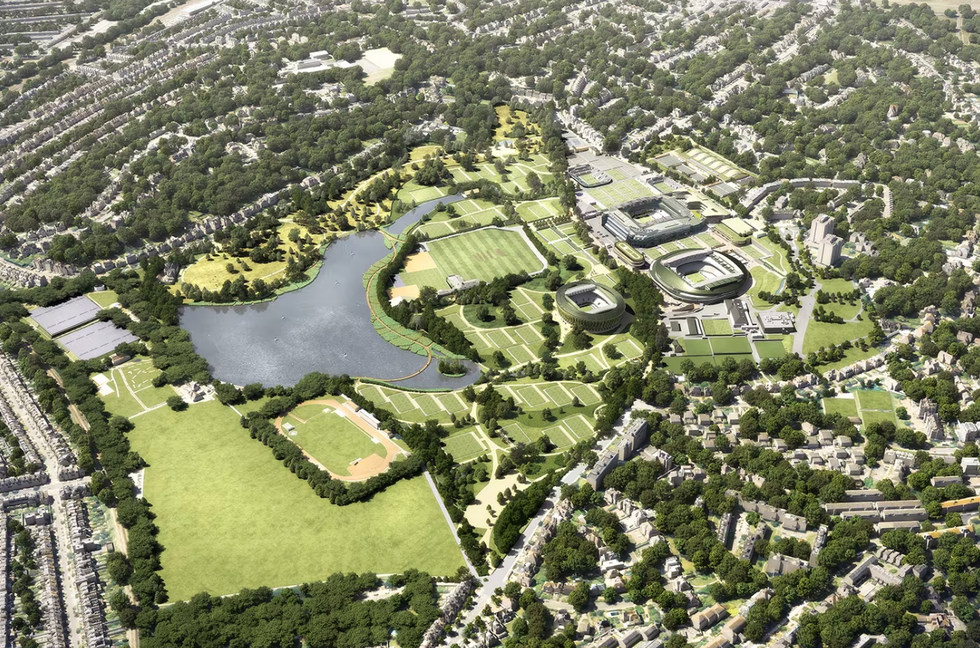
Paul Kohler, the Liberal Democrat MP for Wimbledon, said the AELTC’s plans are “overkill” and “too much”.
Speaking to The People’s Channel, Mr Kohler stated: “We need a compromise. I’m trying to compromise like I usually have between the AELTC, which has expanded on various occasions.
“They’ve compromised the local community before, and that’s what we need now. Everyone loves tennis, but it’s too much.”
Sir Sadiq initially supported the plans but has since kept quiet following the fierce drawback to the developments.
Addressing the London Mayor, Mr Kohler said: “I would like him to join me in calling for a sensible compromise. That’s what he should be doing.
“We don’t want the community and one of our great institutions that loggerheads with each other. He should join me in calling for a compromise.”
GB News has contacted the AELTC for comment.
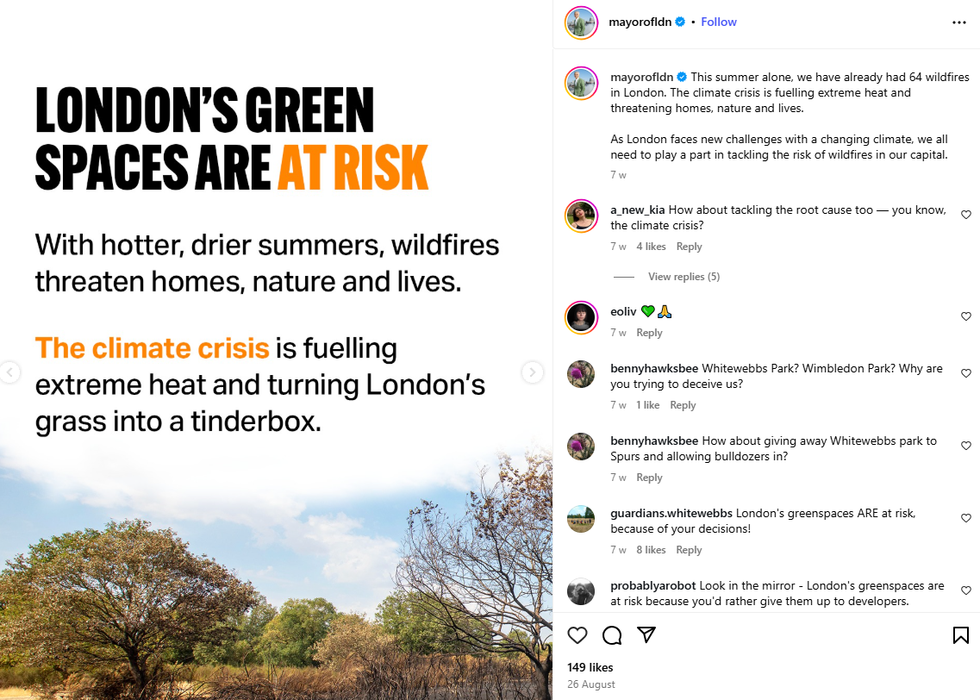
Whitewebbs Park
Whitewebbs Park is up a similar road to that of Wimbledon, with proposed developments on the site for 11 football pitches and a new clubhouse for Tottenham Hotspur’s Women’s team.
According to campaigners from the Guardians of Whitewebbs, the plans will destroy 207 trees and take out 40 acres of grassland.
Alice Roberts, head of Campaigns with the Council for the Preservation of Rural England (CPRE), explained that councils are in “financial ruin” and will accept developments like the one proposed at Whitewebbs.
She told GB News: “Councils are in a financial crisis and are prepared to do pretty much anything it would seem.
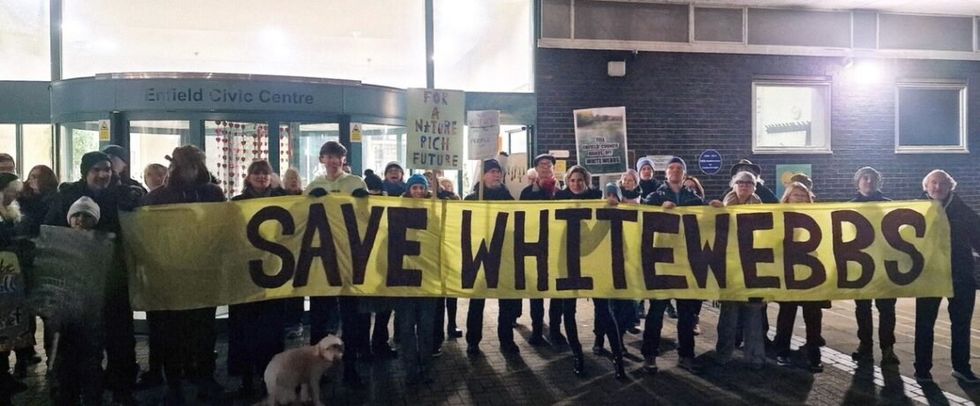
“So there’s the issue of massive plans in parks, which kind of turns into something that’s basically not a park, which is also controversial. It’s just really worrying.”
Miss Roberts explained that a series of brownfield sites are already available for development to “keep London going for 20 years”.
She said: “We should be building developments within the urban footprint already on the brownfield sites, if you want to call them that – previously developed land.
“Our view is you should absolutely not be building out into the greenbelt, which has so many devastating environmental impacts.”
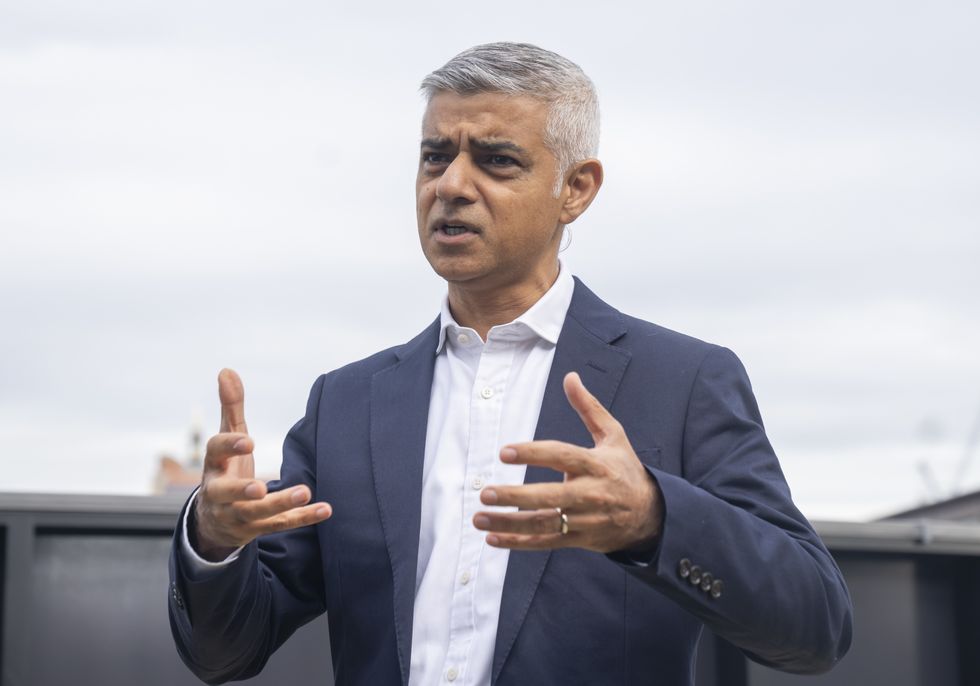
Other areas
The two parks are among more than four dozen examples of green spaces at risk in the Capital, with numerous reasons behind not building on brownfields.
In the west of the Green Belt, residents in Ascot fear losing their identity as neighbouring Bracknell encroaches outwards.
Winkfield Parish Council, geographically one of the largest civic parishes in the UK, sits in green belt land between Bracknell and Ascot, and recently held a public consultation to lay out plans for the future of the area.
A well-placed source on the Winkfield Development Plan, which aimed to determine planning applications in the area, explained that green spaces are “gradually eroding” away, and the “ridiculous rules for builders” are supporting this.
The source said: “A builder would rather have a pristine greenfield to build on, from scratch, than something that already had a building on it, or had concrete grounds to build on, because he has to demolish that, and that requires waste removal, which costs.
“The preference is to use brownfield sites because they otherwise go derelict, nobody’s using them, and it looks a mess.
“That land is available to build on, but it’s easier for the builder to take a pristine green field and build on that.
“So there’s not enough pressure to build on brownfields, or not enough support for the construction industry to remove waste removal costs from the equation.”
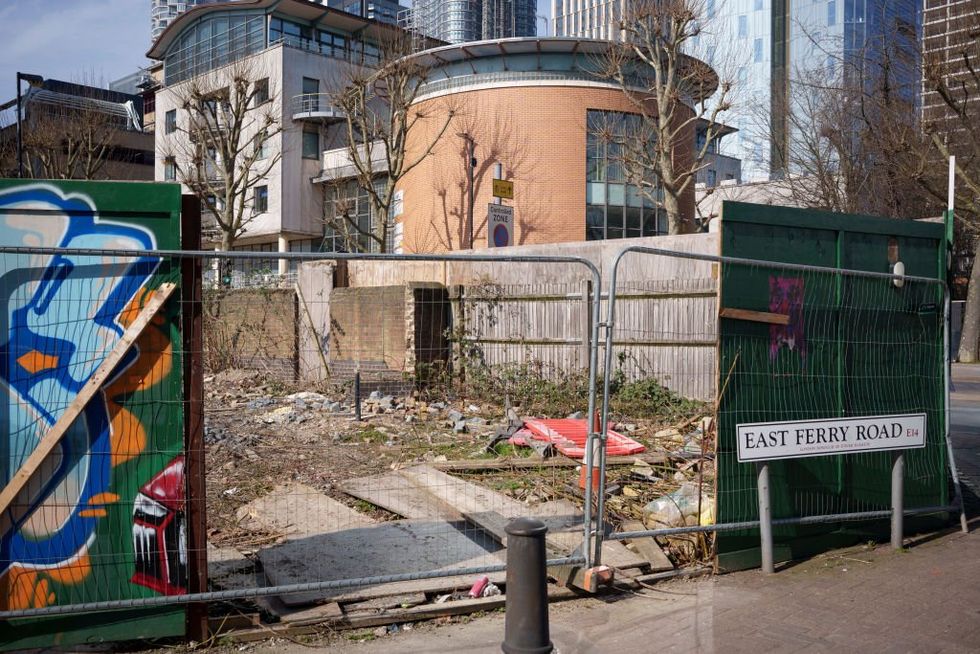
Multiple developments targeting greenfield sites will feature Very Special Circumstances (VSC), which prioritise builds over particular perspectives.
Within the planning documents of Whitewebbs Park, the term VSC is featured a staggering 32 times.
Chairman of the Sunninghill and Ascot Parish Council, Allison Sharpe, explained the influence of these, saying: “Generally speaking, there are very specific guidance notes on VSCs.
“For builds that are definitely and certainly medical provisions, it would be one of the VSC, as well as education.”
The Whitewebbs Park planning documentation cites the use for educational programmes, qualified under VSCs.
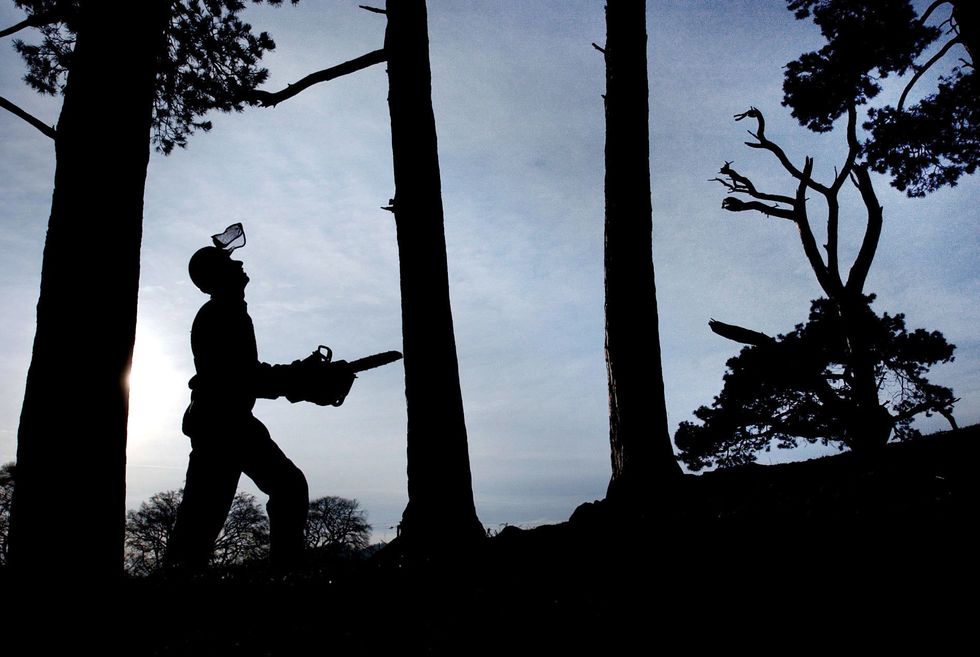
Despite Sir Sadiq pushing for a “greener, cleaner and healthier place for all Londoners to live,” new development plans continue to go forward on the Capital’s green belt sites.
The London Mayor has been handed new powers this week to “tackle the housing crisis in London” by building on green belt land, with “City Hall [becoming] the decision-maker regarding developments of 1,000sqm or more on green belt”.
Speaking about the new responsibility, Sir Sadiq said: “Affordable housing has always been a top priority for me as mayor… Urgent action is required, which is why I’ve been working with the Government on this package of bold measures.
“I will always do everything I can to accelerate the delivery of genuinely affordable homes as we continue to build a better, fairer London for everyone.”
The Mayor has promised to make London the first National Park City with more than 50 per cent green space by 2050.
Mr Smith is unconvinced and has pushed councils to “pursue brownfield regeneration opportunities to the full”.
In relation to the situation at Whitewebbs Park, he said: “In our view, the Whitewebbs Park saga goes to the heart of what sort of communities we want to have in London. Do we really want local councils selling off all our parks and open spaces, offering land to developers that should be for nature recovery and for people’s health and wellbeing, especially when there is more than enough previously-developed land that new houses could be built on?
“Or do we want to protect our countryside and green spaces, for the sake of future generations? To the London Green Belt Council, this battle over Whitewebbs Park is about protecting our quality of life”
Miss Roberts echoed the thoughts of Mr Smith and believes the priorities will always be “heavily in favour of developments”.
She said: “The reality is that the scales are very heavily in favour of development. It’s very much about money.”
Our Standards:
The GB News Editorial Charter







Follow